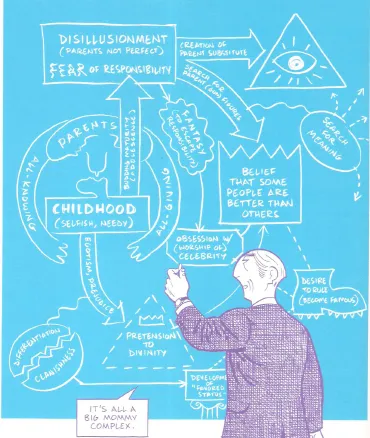Today I combine architecture, comics and graphic design.
In this post I'm going to tell you about one of my favorite graphic novels that completely blew my mind: Asterios Polyp. This is also a strong recommendation for everyone that is interested for diving into this magnificent world of 'ninth art'.
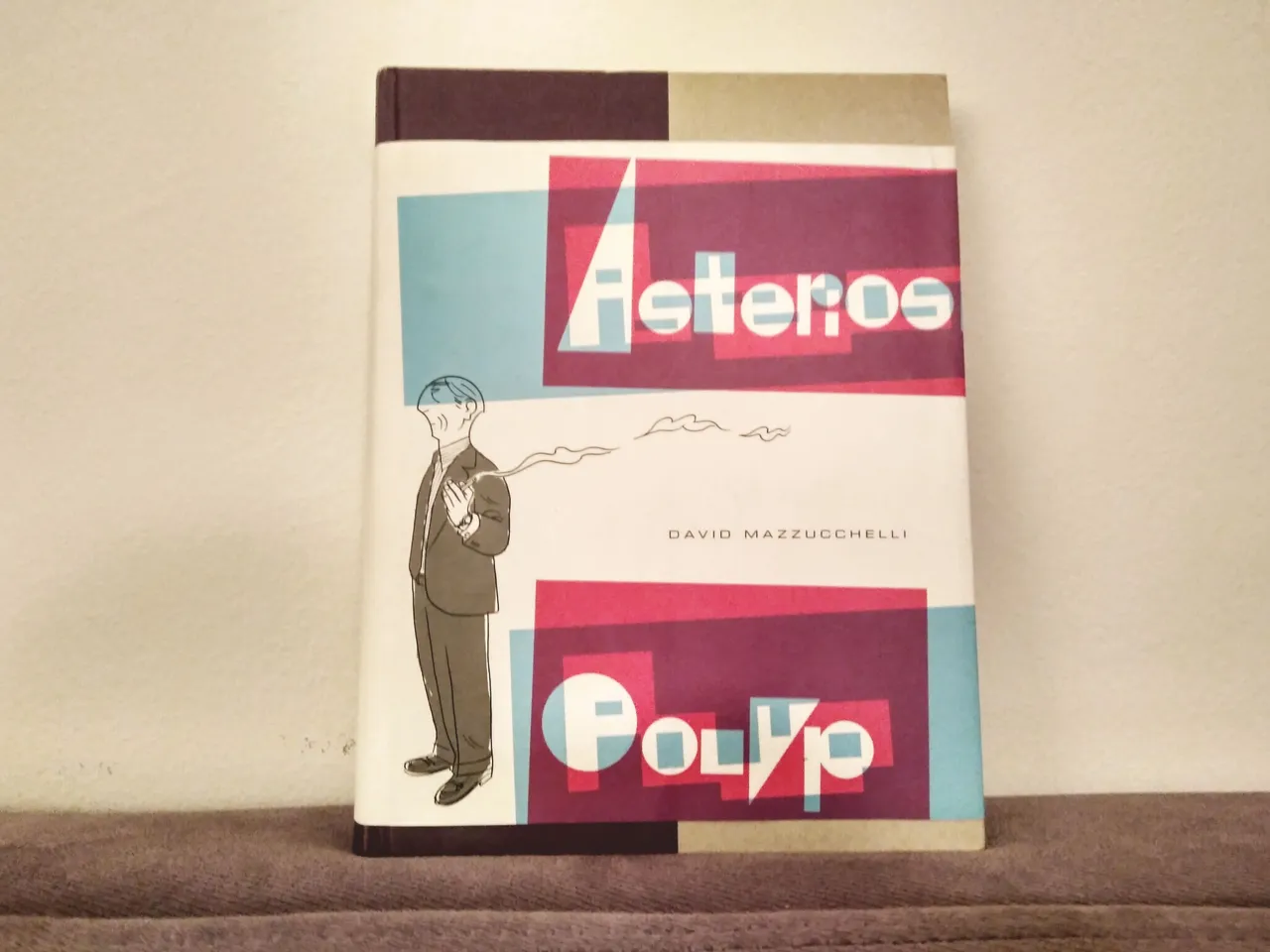
***First just a little explanation: this is a graphic novel because it'a single storyline printed in one book (it can be a few ones also), but a comic book has many issues that follow one story. Graphic novels are often more complex and their authors mostly made them over a longer time periods in their 'free time' between their regular comic book projects.
Plot
Life of an architect and university professor named Asterios Polyp is told in non-chronological way. A story begins when lightning hits his apartment at Manhattan and sets whole building on fire. Asterios runs immediately and with his leftover money buys a bus ticket to anywhere. Completely broke, he exits at a small town and starts working as a car mechanic. In between these events, story unravels details about him and his life: he was a 'paper architect' because he never built anything in real life, he recently divorced his wife and deep down is bothered with his twin brother that died at childbirth... Anyway, the reason why this book is so special isn't that much at its story: it's a WAY it is drawn and designed.
Meaning
This is a masterpiece that shows all the possibilities of comics that is inherent only in this form of artistic expression, it's also a comic about a way you experience comics.
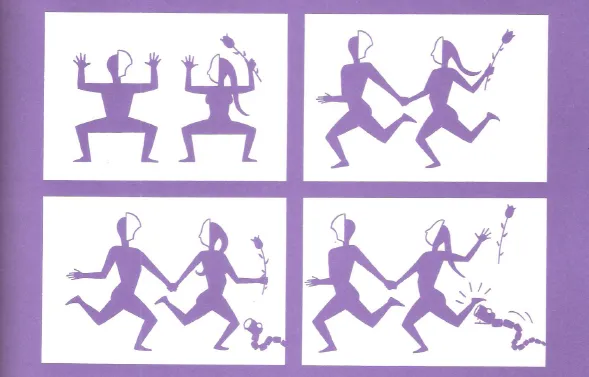
Story is told not only in a classical way, but in special composition of frames in every page and their deconstruction. Distinct colors and the way different characters are drawn (lines, shades, shapes) strongly depict their moods and personalities.

Every chapter presents some of the main topics that bothered humanity in their search for meaning through philosophy, but at the same time analyses depths of human behavior.
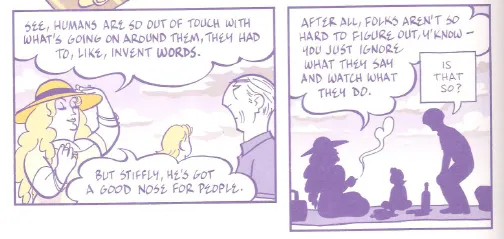
Author intertwines main story with a myth of Orpheus or other elements of Greek mythology. At the same time, there can be found many really funny dialogues and witty observations.
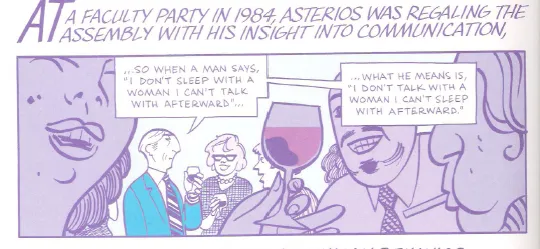
Artwork
FRAMES vary from large ones at whole page (intensive scenes) to total deconstruction (characters thoughts, introspective and memories). Composition of frames also varies, when events are chaotic frames are very small and dense (many everyday things that annoy Asterios with his wife). Frames often 'spills out' so the story can skip through timeline.
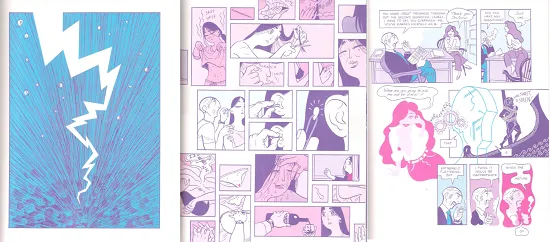
DRAWING is a main tool in storytelling. When Asterios and his wife Hana fight, they slowly become abstract lines in different colors so their opposites are clearly visible (in opposition of the scene where they fall in love, when their lines and colors slowly intertwine). It makes sense because this whole story is told through duality.
When Asterios dreams or remembers, drawing becomes more abstract with every frame, emphasizing the emotion. His dead twin brother is drawn as dashed silhouette that follows him.
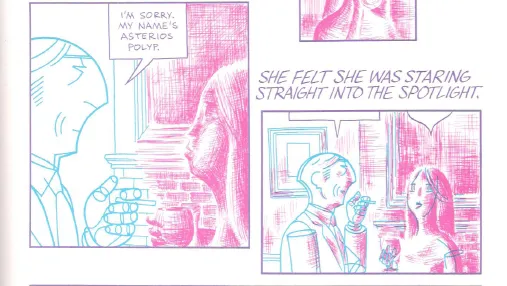
COLOR is very important at expressing the characters moods and atmosphere of particular events. Asterios is rational and analytical, so he is always drawn in cold blue palette, Hana is in warm red colors. Author only uses particular colors so monochrome scenes enhance the story.
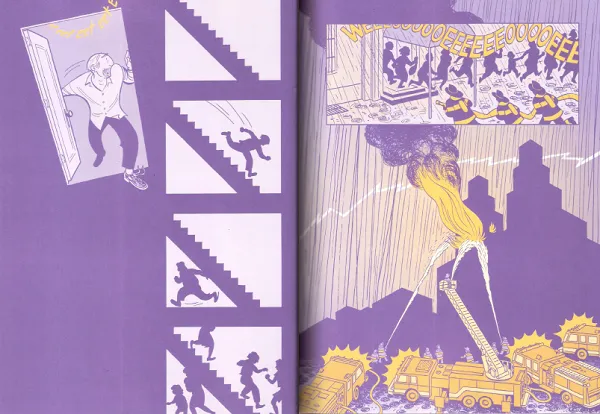
Every character in a comic has his own different LETTERING (font) and shape of a word balloon, that is also in service of displaying their personality.
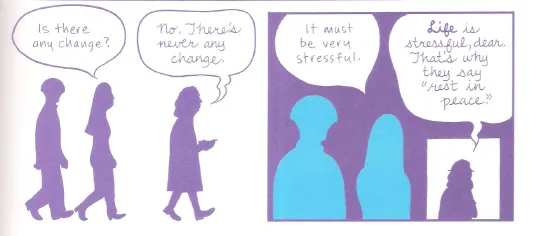
Let me know if someone read this book or other good comics. It can also be found in Zagreb at City Library, Fibra edition (for my croatian friends).
For more existentialism check out inspiring movie character diagnoses with @matko-md
